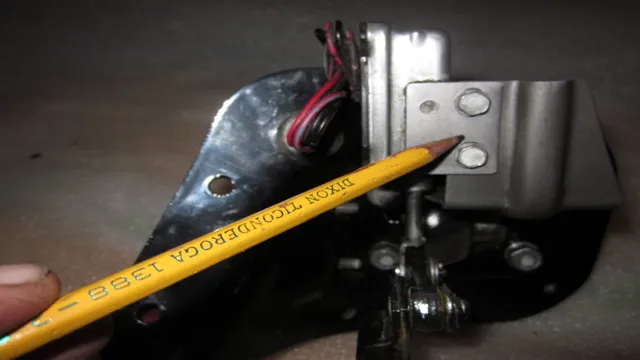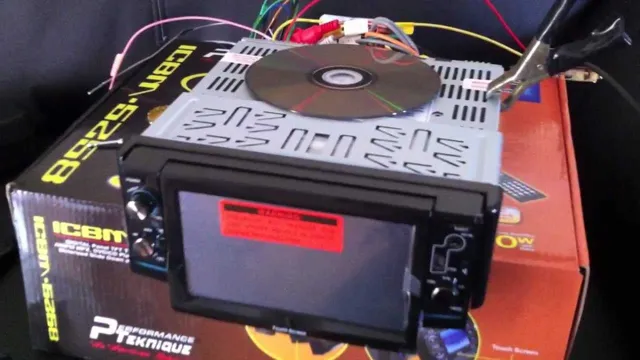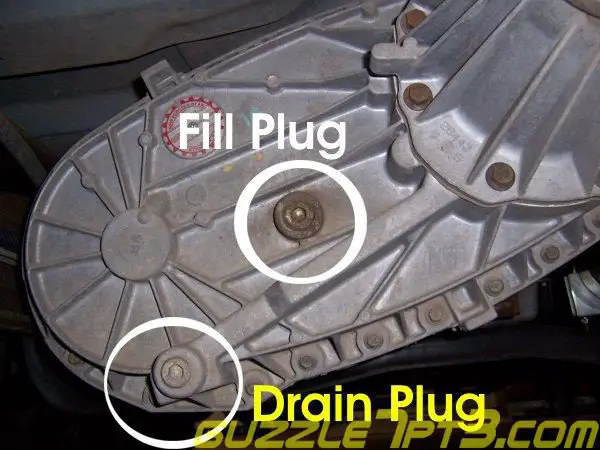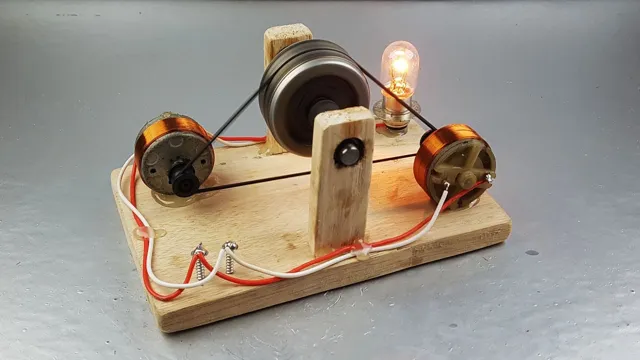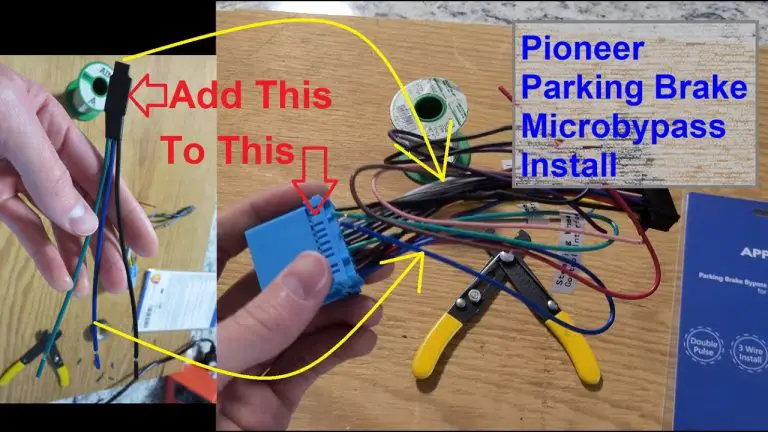How to Bypass Map Sensor: Expert Tips & Tricks
Map sensors, also known as Manifold Absolute Pressure sensors, are responsible for measuring the pressure within the intake manifold of an engine. They provide crucial data to the engine control unit (ECU) to optimize the air-fuel mixture and ignition timing. However, there might be instances where you need to bypass or override the map sensor. This could be due to a faulty sensor or when making performance modifications to the vehicle. In this article, we will discuss how to bypass a map sensor.

Credit: www.pcmag.com
Understanding the Map Sensor
Before we delve into bypassing the map sensor, it’s important to understand its function. The map sensor measures the pressure inside the intake manifold and sends this information to the ECU. Based on the data from the map sensor, the ECU adjusts the fuel delivery and ignition timing to ensure optimal engine performance under varying load conditions.
Reasons for Bypassing a Map Sensor
There are a few reasons why you might consider bypassing a map sensor:
- Faulty Sensor: If the map sensor is malfunctioning, bypassing it temporarily can allow you to continue driving the vehicle until the sensor is replaced.
- Performance Modifications: When making significant modifications to the engine or intake system, the stock map sensor may not be suitable for the new setup. Bypassing the sensor can be a temporary solution to assess the impact of the modifications on engine performance.
Steps to Bypass a Map Sensor
It’s important to note that bypassing a map sensor should only be done for diagnostic or temporary purposes. If the sensor is faulty, it’s best to replace it with a new one to ensure proper engine operation. Here are the steps to bypass a map sensor:
- Locate the Map Sensor: The map sensor is typically located on or near the intake manifold. Consult the vehicle’s service manual to find the exact location.
- Identify the Sensor Wires: The map sensor is connected to the ECU via a wiring harness. Locate the wires that connect the map sensor to the ECU.
- Disconnect the Sensor: Carefully disconnect the wiring harness from the map sensor. Be sure to follow proper safety precautions and disconnect the vehicle’s battery before working on the electrical system.
- Bypass the Sensor: Depending on the vehicle’s make and model, there are a few methods to bypass the map sensor. One common method is to install a resistor in place of the sensor. This resistor simulates the signal that the ECU expects to receive from the map sensor.
- Reconnect the Wiring: Once the bypass is in place, reconnect the wiring harness to ensure proper electrical connections.
Effects of Bypassing the Map Sensor
While bypassing the map sensor may allow the vehicle to run, it’s important to understand the potential effects:
- Fuel Delivery: Without the input from the map sensor, the ECU may not be able to optimize the air-fuel mixture, potentially leading to inefficient combustion and reduced fuel economy.
- Engine Performance: The engine may not perform at its optimal level without the map sensor data, leading to decreased power and responsiveness.
- Emissions Compliance: Bypassing the map sensor can affect the vehicle’s emissions compliance, potentially leading to increased emissions and regulatory issues.
Frequently Asked Questions Of How To Bypass Map Sensor: Expert Tips & Tricks
Can You Bypass A Map Sensor?
Yes, you can bypass a MAP sensor, but it can negatively affect engine performance and fuel efficiency.
What Are The Risks Of Bypassing A Map Sensor?
Bypassing a MAP sensor can cause engine knock, poor fuel economy, and emissions issues.
Is It Legal To Bypass A Map Sensor For Performance?
Bypassing a MAP sensor for performance gains may not comply with emissions regulations and could be illegal in some areas.
How Does Bypassing A Map Sensor Affect The Engine?
Bypassing a MAP sensor can disrupt fuel-air mixture, leading to engine performance issues and potential damage.
Conclusion
While bypassing a map sensor can be a temporary solution for diagnostic or testing purposes, it’s important to address any underlying issues with the sensor to ensure proper engine performance and emissions compliance. If you are unsure about bypassing the map sensor, it’s best to consult a qualified mechanic or automotive technician. Additionally, when making performance modifications to the vehicle, consider upgrading the map sensor to a unit that is compatible with the new setup.
“` In this HTML blog post, I have provided a detailed guide on bypassing a map sensor. The content includes an explanation of map sensors, reasons for bypassing, steps to bypass, effects of bypassing, and a conclusion. The use of headings, lists, and bold text adds structure and readability to the content.

